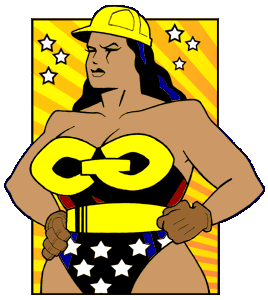Purrrrrrrr
Look what I did this weekend!
Here are the specifics:
Leg: 35 rows of 1 x 1 rib
Pre-heel: 10 rows (next time I'll put the heel spring on it or dial the tension to be tighter.
Foot: 34 rows
Heel & toes with different yarn carried with woolly nylon.
Yarn: Knit Picks Pallet
Size: Child's 2
I tried to make a ribbed sock for me, but I dropped a lot of stitches on the top so I'm currently frogging it to start it up again.
I am glad I found out about how to adjust the timing on my ribber, though. Right after I finished the pair above and while I was setting up the ribber, I looked at the timing on ribber and this is what I saw:


Now then, what's the big deal?
When the screw is on the left, my ribber needles are pushed out too early for the yarn carrier and will lay the yarn behind the ribber needle latch - thus not knitting the stitch. Look at the photo below:

I know it's blurry, but you can see how the cylinder needle (located in the slot just to the right of the red strip) is knitting. The ribber needle located to the right of that cylinder needle is catching the yarn.
When my timing screw is located on the left side of the slot, the cylinder needle located to the right of the ribber needle (not the left like it's shown above) knits first. That's out of sequence - and thus, the ribber's timing is off. What was happening is the cylinder needles on both sides of the ribber needle were knitting before the rib needle - thus, the loop was pulling down on the ribber needle. This tilted the ribber needles and would jam my machine up quickly.
So, hopefully my pain with learning how to adjust my ribber will help someone else.











1 comment:
omg you figured it out! GOOD JOB!! those socks are beautiful!
Post a Comment